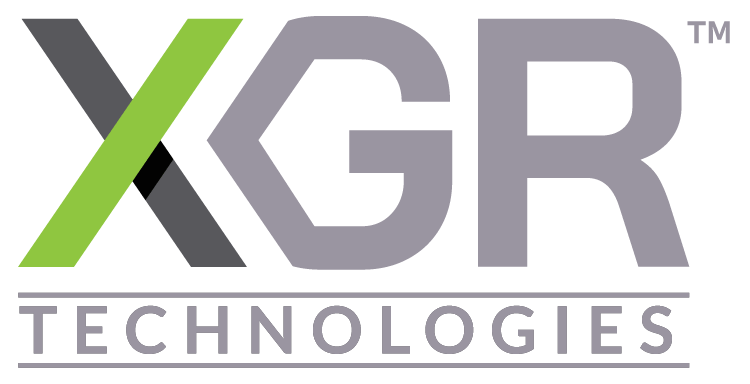Shielding your device or printed circuit board from EMI is crucial and offers significant benefits in terms of noise suppression. However, visibility of the shielded parts or components may be a key concern in certain applications such as LCD screens, touch screens, flexible solar cells, and PCBs. Hence, transparent EMI shielding may be used to serve the purpose. This is a lightweight and flexible plasticized metal film made of polyester or polyimide which has one conductive side. This invisible shield offers visibility to the user, yet protects the device from direct exposure to the outside environment. This post discusses the significance and benefits of transparent EMI shielding.
Overview of Transparent EMI Shielding
Suppressing or filtering EMI is necessary for the normal functioning of a device and preventing signal disruptions and damages. EM waves are harmful for devices, the environment and humans, and hence need to be controlled to prevent any hazards. Shielding has proven to be highly effective in controlling EMI-based disruptions. Now, why use transparent shields? Aside from the apparent user visibility required in screen-based applications; transparent shields are useful in monitoring the working of the device in real time. For PCBs, it offers a clear view of the layout, making component labels visible. This is required if the board needs to be reworked for any additions, modifications, or repairs.
How Transparent Shields Offer Protection from Electromagnetic Interference
While optical clarity is an important aspect, the material properties of these shields, flexibility, and the area or dimensions they can cover are the deciding factors to determine their level of shielding effectiveness. So, based on various parameters, transparent shields can be equivalent to or better than any other translucent or opaque shields in terms of EMI and RFI suppression. Here are some pointers.
- The mounting pattern of these shields is crucial not only for shielding effectiveness but also for optical clarity.
- Manufacturers need to achieve specific absorption rate (SAR) compliance and meet other required standards such as FCC, CE, and more, depending on the region.
- Some transparent foils may have electrically conductive coating on the top side, while others come with a silver busbar, which makes it easy to position the foil. Still others come with copper edges for grounding.
- These films can be easily applied by hand without forming air bubbles, unless they are for an extremely tiny component. They are reusable and repositionable.
- They come with a good-quality, colorless adhesive to maintain the transparency after the film is pasted on a board or device. This may be a micro-absorbent layer of adhesive as thin as 0.37mm.
- Some commonly used materials for optical transmittance include silver nanowires, indium tin oxide, and graphene. These materials ensure electrical conductivity, large aspect ratio, and optical transmittance.
- However, using these materials to achieve optical clarity presents certain challenges. For instance, increasing the thickness of graphene, a carbon material, compromises its transparency.
- The best solution found so far for achieving EMI suppression and optical clarity is the use of lightweight and flexible polyetherimide. This plastic can be thermoformed to suit any design, shape, and size. It is especially useful for PCBs because it can be customized to cover several miniature components mounted on the board, wires, vias, and more, leaving open spaces for heat sinks and so on.
- The outer layer of this thermoformed plastic can be made conductive by applying tin coating. This highly customizable shield can be cut out into thin and small sizes measuring in microns and pasted on the board to achieve both visibility and EMI suppression.
Common Applications of Transparent EMI Shields
Here are some common application areas of transparent EMI shields beside devices with display screens.
-
- Smartphones, tablets, and computers: These shields are used in screens of these devices as well as at the board level.
- Wearable devices: These shields find use in screens and PCB assemblies of wearable devices such as smartwatches, smart glasses, and so on.
- Medical devices: These shields find use in imaging devices and other biocompatible once such as stents, pacemakers, neurostimulators, and more.
- Aerospace and defense: These shields are found in PCB assemblies in military equipment, radar and satellite systems, cockpit displays, and more.
- Automobile: Transparent shields find use in navigation systems, reverse sensing systems, infotainment systems, and so on.
- Network communication devices: These include antennas and transceivers in base stations and other network devices such as switches, sensors, and cameras.
If you manufacture PCBs for applications that require optical clarity, it is necessary to use transparent EMI shields on the boards as well. In fact, they can be used for other applications as well since PCB assemblies may need to be upgraded or modified depending on the requirements. Using removable and usable transparent board-level EMI shields may ease the process for engineers. Plasticized EMI shields prevent unwanted signals and subsequent damage to the board as well as offer optical clarity. XGR Technologies offers SnapShot® EMI shields made from a thin polyetherimide film on the interior and conductive tin on the exterior surfaces. These flexible and lightweight shields are transparent and can be used on any PCB to mitigate electromagnetic inference across applications. If you need further information on SnapShotTM EMI shields and their board-level shielding effectiveness and optical clarity, you can contact the team at XGR Technologies via phone or email.


